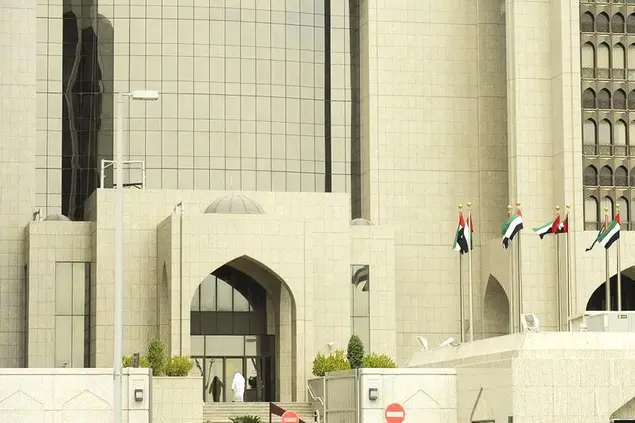PHOTO
Banks in the UAE have adequate capital and liquidity buffers to withstand severe adverse scenarios, the country's central bank said in a report.
However, the main banking system risks stem from the potential of further deteriorating asset quality post pandemic and insufficient changes in banks’ business models in view of digital transformation, climate change, and rising corporate governance requirements, it said.
According to the Financial Stability Report, released by the UAE Central Bank (CBUAE), its payment systems remained robust without disruptions during 2021. The apex bank has further enhanced its steps towards digital transformation and cyber resilience.
The CBUAE's Targeted Economic Support Scheme (TESS), which was rolled out to mitigate the financial and economic repercussions of the pandemic helped in cushioning the negative impact of the pandemic during 2020 and facilitating the economic recovery throughout 2021, the central bank noted.
The TESS deferral programme, designed to provide temporary relief on loan and financing repayments, benefited more than 322,000 bank clients affected by the pandemic, covering individual borrowers, SMEs and corporates. The TESS deferral programme supported up to 15% of total bank loans/financing at the peak of the pandemic.
The outlook for 2022 remains optimistic, but depending on global factors such as the evolution of the Ukraine conflict, the pandemic, as well as fiscal and monetary policies normalisation and supply chains disruptions.
Khaled Mohamed Balama, Governor of the Central Bank of the UAE, said: "The CBUAE projects a positive outlook for the UAE’s economy and financial system in 2022. The global macro-financial outlook, however, will be negatively affected by supply chain disruptions, rising inflationary pressures and further escalating geopolitical tensions."
The CBUAE projects real GDP growth to further increase to 5.4% in 2022, supported by higher economic activity and higher oil prices, with non-oil GDP rising by 4.3% while forecasts for growth for 2023 for the overall real GDP and the non-oil real GDP are of 4.2% and 3.9%, respectively.
(Writing by Seban Scaria seban.scaria@lseg.com; editing by Daniel Luiz)
